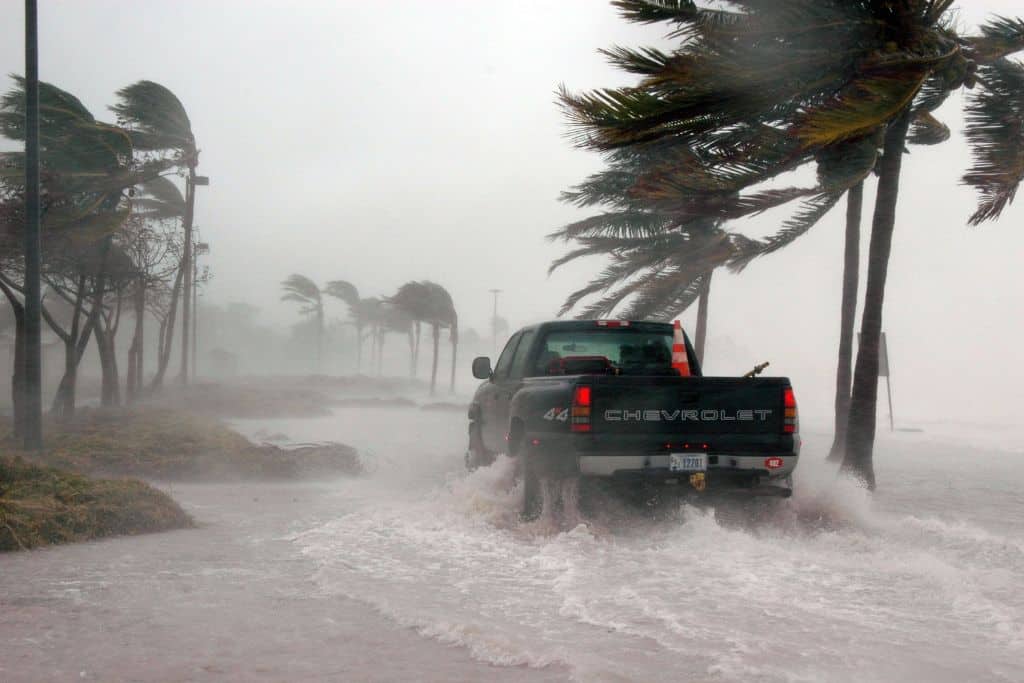On Wednesday afternoon, Hurricane Ian made landfall in Florida, submerging coastal neighbourhoods and leaving nearly 1.8 million residents without electricity. While the powerful storm moves across the state, some are already reflecting on the economic aftermath. The historic cyclone, experts warn, might end up being one of the costliest storms in the country’s history.
—
At about 3.05 pm on Wednesday, Category 4 Hurricane Ian made landfall in Florida with catastrophic fury and winds near 150 mph (241 kph), inundating beaches and coastal towns.
Just one day after leading to the total collapse of Cuba’s power grid, leaving almost 11 million people without electricity, Ian turned off the lights for nearly two million people in Florida. The state’s largest power utility, Power & Light, warned of “extensive damage to the electrical infrastructure”, the Financial Times reported.
US President Joe Biden has approved a major federal disaster declaration to unlock emergency aid and support state, tribal, and local rescue teams. Besides deploying generators and nearly 130,000 gallons of fuel, the US Federal Emergency Management Agency (FEMA) has so far sent 700 officials and medical teams to the state.
Hundreds of people are trapped in their homes as the “historic” storm surge – a term that refers to the amount of water moved by hurricanes in front of them as they cross the ocean – pushed some 12 to 18 feet (3.6 to 5.5 metres) of seawater onto land, flooding entire neighbourhoods in the coastal Fort Myers area.
While officials warn that “the worst is yet to come” as Hurricane Ian makes its way up the state, many are already reflecting on the aftermath of what many described as the most powerful tropical cyclone to hit the country in decades.
Ian’s storm surge and extremely powerful winds pose a huge threat to urban areas, especially in low-lying parts of western Florida, which are already experiencing large-scale, devastating damage to buildings and the power grid, resulting in widespread outages.
Besides that, fuel distributors risk prolonged disruptions in supplies, which could lead to a drastic rise in gasoline prices despite Biden’s warning to oil companies not to use Hurricane Ian as an excuse to do so. The same thing could happen to food prices if the state’s crop damage ends up being as extensive as experts fear.
While it is still early to talk about recovery, some believe that Hurricane Ian will likely be one of the costliest storms in US history, with damages and economic losses estimated to reach USD$45 to $70 billion.
You might also like: How is Climate Change Affecting Hurricanes?


















